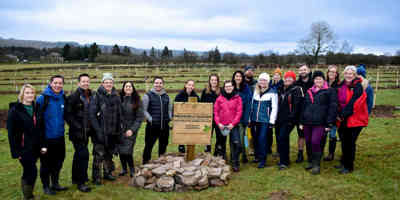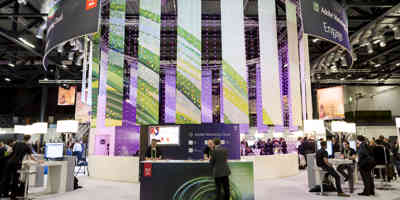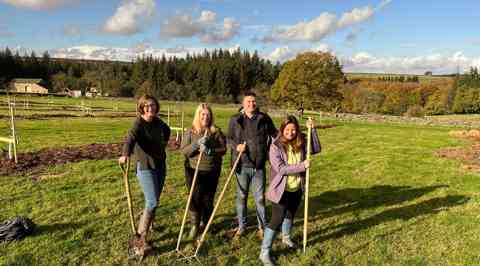Understanding Carbon Labelling in Event Catering
Think of carbon labelling as the sustainability sibling of nutritional labelling. Just like calorie counts help diners understand the nutritional value of their meals, carbon labelling reveals the environmental footprint — specifically the CO2 equivalent — generated by a dish throughout its lifecycle, from field to fork.
Why It's So Important
Here’s a stat that stops people in their tracks: food is the second-largest contributor to global greenhouse gas emissions.
With that in mind, it’s never been more important to offer transparency. Carbon labelling gives event organisers the information they need to make better-informed choices, without sacrificing flavour or creativity. For us, it's about sparking awareness, encouraging education, and creating a shift in how we plan and enjoy food at events.
Our aim at Lime Venue Portfolio is to lead the charge in sustainable event catering to help planners and guests alike make greener choices.
Here are three approaches we’re taking:
1. Colour-Coded Labelling System
We’ve introduced a simple A–E traffic light system to categorise dishes. The system ranges from A (Red) for high-carbon meals – typically red meat or dairy-heavy to E (Green) for low-carbon dishes, which are usually plant-based, locally sourced, and seasonal.
2. Smarter Menus with Sustainability in Mind
Over 60% of our menus are now “plant-forward,” favouring fresh, local, and seasonal produce. We're also embracing creative swaps, like our 50/50 burger, which reduces meat content by half without compromising on taste.
And let’s be clear: this isn’t a war on meat. Not all meat carries the same carbon weight. Beef, for example, is one of the highest emitters — we often say, treat it like Champagne — a luxury, not an everyday staple. But low-carbon options like sustainably caught trout, or wild venison, can have a place on the menu. It’s about balance, awareness, and smart substitutions.
3. Full Lifecycle Measurement
Partnering with carbon specialists Food Steps, we calculate the environmental impact of each dish across its full journey — including production, transport, preparation, and waste. This allows us to provide fully carbon-labelled menus, empowering organisers to lower the footprint of their events and enabling guests to make more sustainable choices on the day.
Time to Call It Out
If you're not showing the carbon content of your menus, you should be. The event world can’t afford to fall behind. Walk into most food retailers and you’ll find calorie content — carbon data right behind it. As an industry, we should be leading that charge. If you’re not alerting your delegates or clients to the impact of what’s on their plates, you're missing an opportunity to create real change. And to be blunt? You're behind.
Leading the Way to a Greener Plate
Carbon labelling isn’t just a trend — it’s a tangible step toward a more sustainable events industry. By making carbon data clear and accessible, we’re helping to reshape expectations around what responsible catering looks like. At Lime Venue Portfolio, we believe every plate served is an opportunity to do better for the planet. From planners to guests, small changes in choice can add up to a big collective impact — and it all starts with knowing what’s on your plate.


Jo Austin Head of Sales, Lime Venue Portfolio & Sustainability Lead, Levy UK+I
Jo Austin is part of the Compass UK & I leadership team, as the Sales Director for its C&E brand, Lime Venue Portfolio, as well as the C&E Sustainability Lead for Levy UK&I. She is also a board director for the MIA.
Jo is a passionate advocate for the sustainability agenda in the meeting, conference and events sector. Most recently this has been demonstrated by the Lime Venue Portfolio’s Beyond Food initiative that has caused mass change within the industry through a closer understanding and interrogation of the impacts on events, food and the environment.
- Ask Jo about
- ESG
- Sustainability





